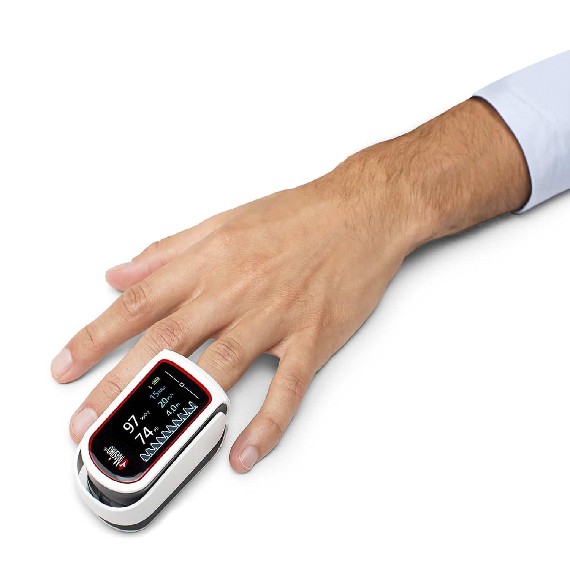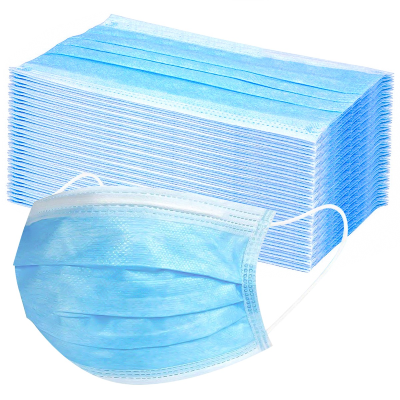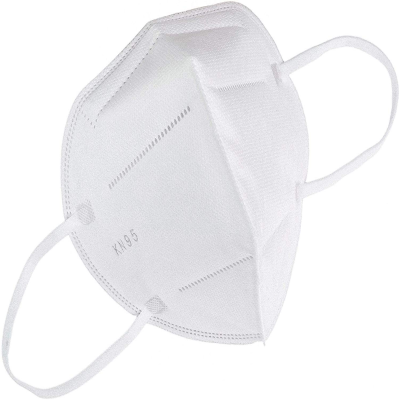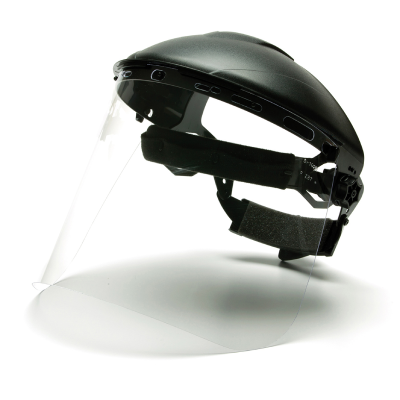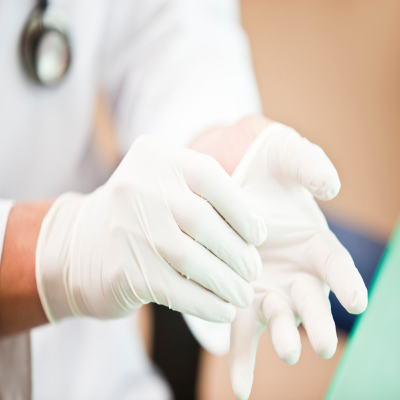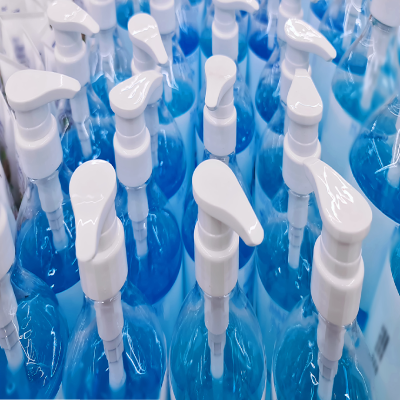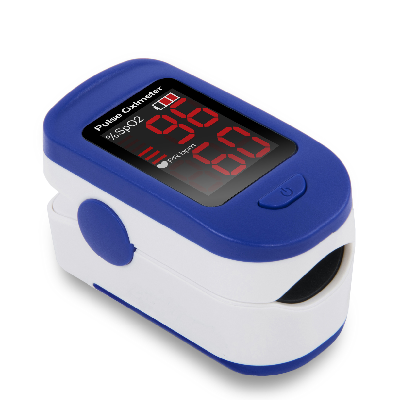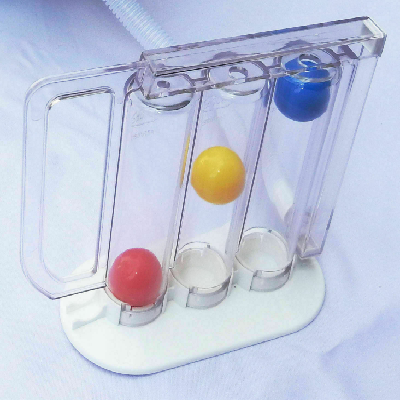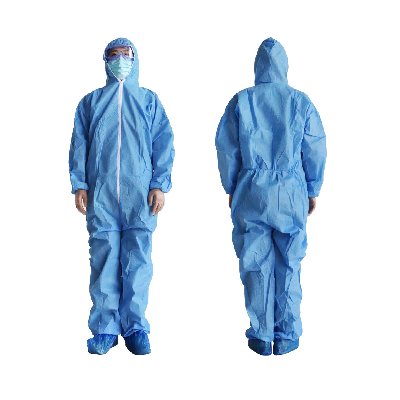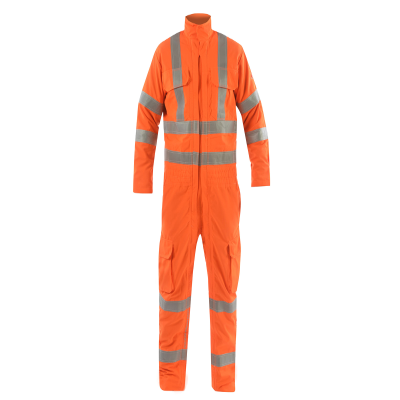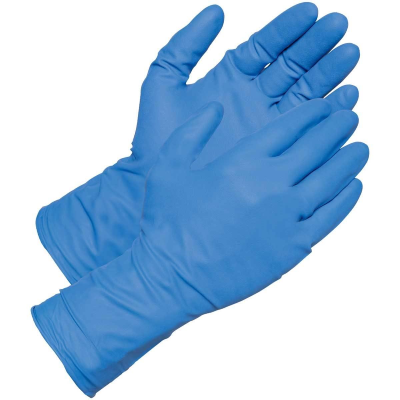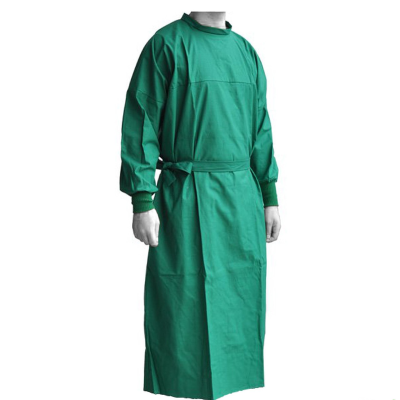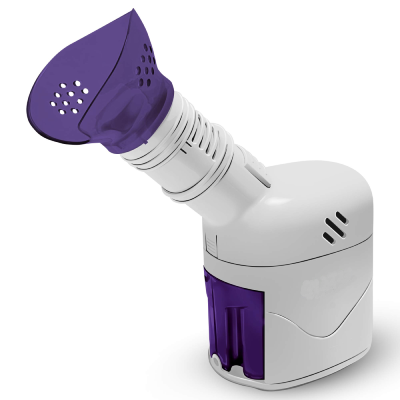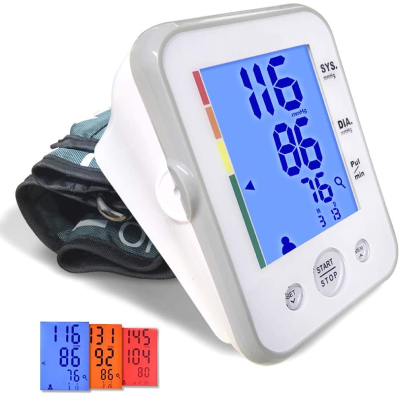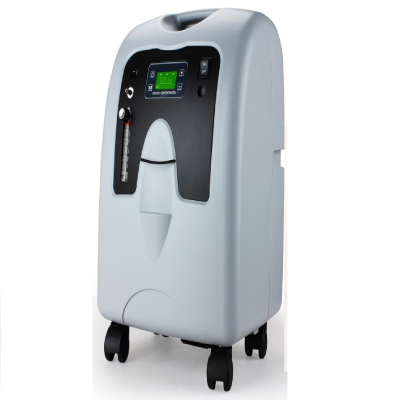For healthy lungs, a normal ABG oxygen level is between 80 and 100 millimetres of mercury (mm Hg). If your blood oxygen level (SpO2) was measured using a pulse oximeter, a normal reading would be between 95 and 100 percent.
Fingertip Pulse Oximeter
A pulse oximeter is a device that is used to measure oxygen saturation levels (SPO2 levels) / oxygen levels.
A pulse oximeter is a compact, clip-like device that is worn on a body part such as the toes or earlobe. It's usually worn on a finger and is often used in critical care settings such as emergency rooms and hospitals. The SpO2 and pulse rate are shown on a large, easy-to-read multi-view LED display screen on the Fingertip Pulse Oximeter. The oximeter is ideal for measuring oxygen saturation and pulse rate, and it fits a wide range of finger sizes from pediatric to adult.
Why Pulse Oximetry?
Pulse oximetry is a test that determines how efficiently the heart pumps oxygen in your body.
Pulse oximetry is a quick, simple, and painless test that determines your oxygen saturation level or the amount of oxygen in your blood. It can detect even minor differences in the efficiency with which oxygen is transported to the extremities furthest from the heart, such as the legs and arms.
Purpose of pulse oximetry
It can be used to track the health of people suffering from any condition that affects blood oxygen levels, particularly in the hospital. There are some of the conditions:
- For corona patients, which can help to check the mortality rate due to COVID-19.
- Chronic obstructive pulmonary disease (COPD)
- Heart attack or heart failure
- Congenital heart defects
- Pneumonia
- Lung cancer
- Asthma
- Anemia
Pulse oximeters - To check blood oxygen levels & pulse rate at home
Features of Fingertip Pulse Oximeter
If the health of a middle-aged or elderly person is fluctuating, almost any physician will want to inquire about pulse rate, blood pressure, and blood sugar levels. Pulse oximeters may be attached to your fingertips if you or a family member needs to reliably track pulse rate or blood oxygen levels. It's also a painless tool, it can easily be used by anyone. These small devices can be used to quickly monitor the heart rate and blood oxygen levels at home or in clinics. Alarms and water-resistant features are available on some pulse oximeters.
- A lanyard and two AAA batteries are included with the Fingertip Pulse Oximeter with LED Display.
- Standard service lasts about 30 hours
- Low power consumption
- Auto-off feature
- User Manual for the Fingertip Pulse Oximeter with LED Display
Pulse oximetry has a variety of applications
- To determine the effectiveness of a new lung medication
- To determine whether anyone needs assistance with breathing
- To determine whether a ventilator is beneficial
- To keep an eye on oxygen levels before or after sedation-induced surgery
- To see how effective supplemental oxygen therapy is, particularly when it's being used for the first time
- To determine a person's tolerance for increased physical activity
- During a sleep examination, to see whether anyone temporarily stops breathing while sleeping — as in sleep apnea cases
How to use Pulse Oximeter
Pulse oximetry may be used in both inpatient and outpatient settings. In some cases, your doctor may recommend that you have a pulse oximeter for home use.
The following is how pulse oximetry works:
- A clip-like device is usually attached to your finger, earlobe, or toe. There is no discomfort or pinching, but you can feel a slight amount of pressure. In certain situations, a small probe with a sticky adhesive can be applied to the finger or forehead. If your fingernail polish is being applied to another digit, you may be asked to remove it.
- To check your pulse and oxygen saturation, you'll keep the probe on for as long as you need it. This can be done throughout the workout and during the healing time while measuring physical activity capabilities. The probe will be attached before surgery and will be removed once you are conscious and no longer under supervision. It is often only used to take a single, very precise reading.
- The clip or probe will be extracted until the test is completed.
How to check reading in pulse oximeter
- Pulse oximetry is usually a reliable measure. This is particularly true when using high-quality equipment commonly used in medical offices and hospitals. It reliably produces results that are within 2% of the true value. For example, if your reading was 82 percent, your true oxygen saturation level might be anywhere between 80 and 84 percent. The waveform's consistency and the individual's evaluation must, however, be taken into account. Movement, temperature, and nail polish all have the potential to affect accuracy.
- Your blood can contain oxygen above 89 percent of the time. This is the amount of oxygen saturation that your cells — and your whole body — need to stay healthy. Although having an oxygen saturation below this level for a short period is unlikely to cause damage, repeated or consistent low oxygen saturation levels could be harmful.
- For most healthy people, and oxygen saturation level of 95% is considered natural. A level of 92 percent suggests possible hypoxemia or a lack of oxygen reaching body tissues.
Related products
FAQ About Fingertip Pulse Oximeter
The standard range for pulse oximeter readings is 95 to 100 percent. Low values below 90% are considered low and signal the need for additional oxygen.
Around saturations of 90-100 percent, pulse oximeter accuracy is highest, intermediate at 80-90 percent, and lowest below 80 percent. Because of the limitations of individual precision, SpO2 is more useful for trends over time rather than absolute thresholds.
The right middle finger and right thumb have a greater statistical value, making them ideal for use with a pulse oximeter.
Heart rates that are consistently above 100, even when the patient is sitting quietly, can sometimes be caused by an abnormal heart rhythm. A high heart rate can also mean the heart muscle is weakened by a virus or some other problem that forces it to beat more often to pump enough blood to the rest of the body.
OuAt repose, children's heart rates range from 70 to 100 beats per minute (ages 6 to 15). Adults (age 18 and up) have a heart rate of 60 to 100 beats per minute.
Resting heart rates for most healthy adult women and men range from 60 to 100 beats per minute.
A resting heart rate of 60 to 100 beats per minute is considered typical for most people. Your heart is slower than normal if it beats less than 60 times per minute. A sluggish heart rate might be healthy and typical. It could also be an indication of a problem with the electrical system of the heart.
Address
#31, EB Colony,
Kurumbapalayam, Coimbatore, Tamilnadu, India




